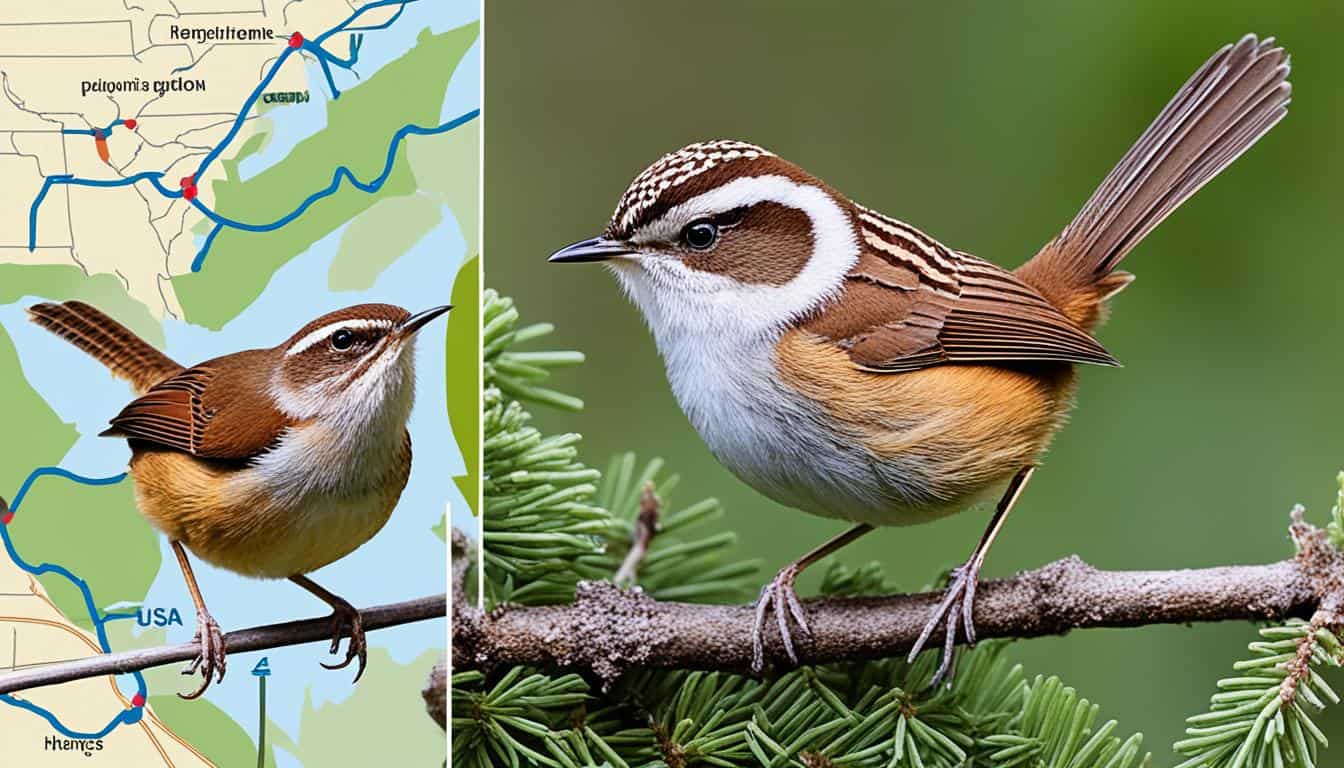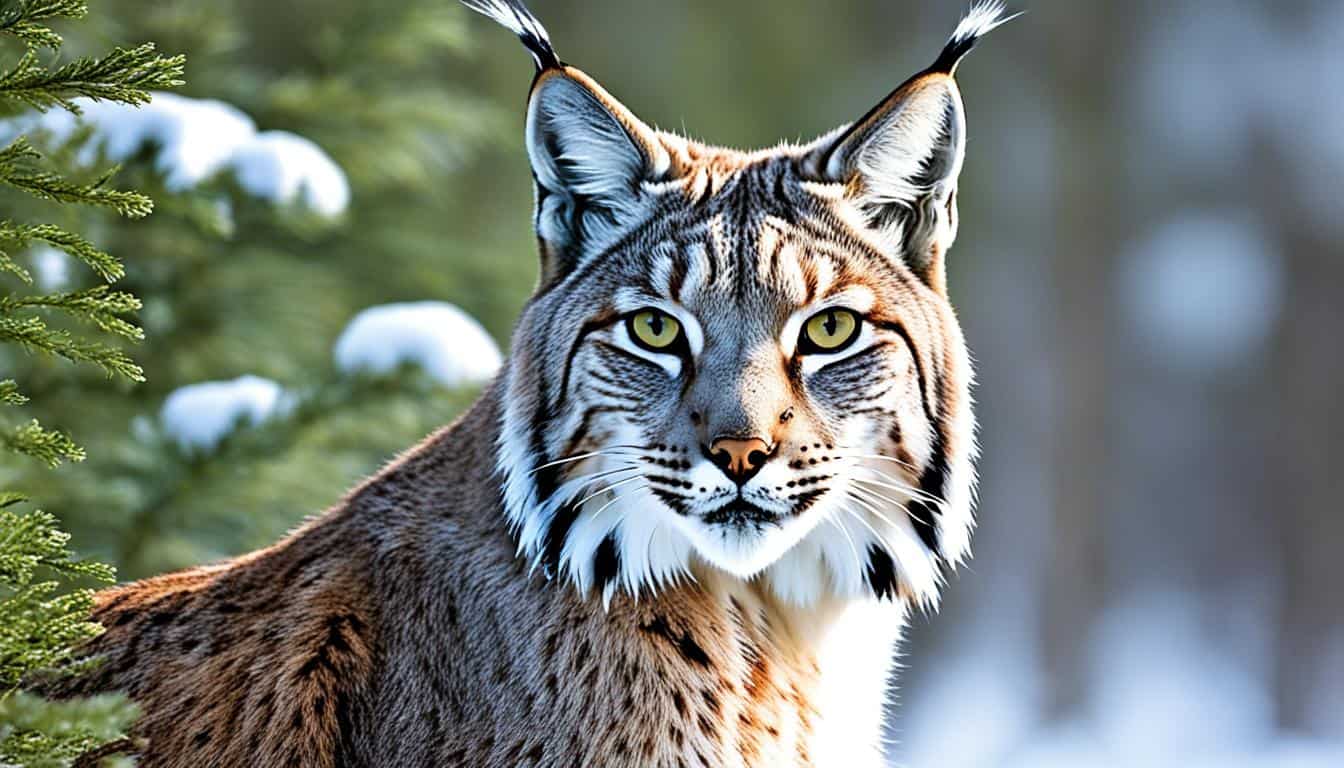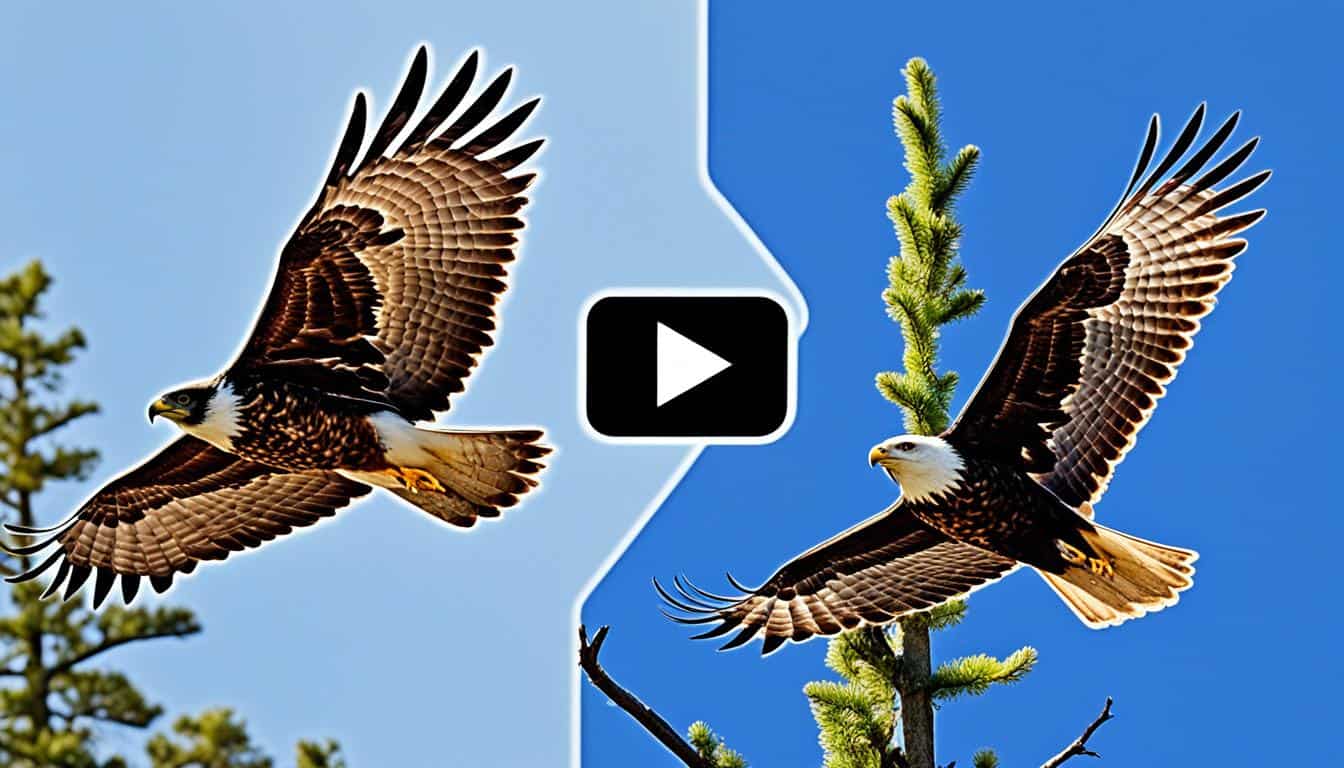Category: General FAQs
-

How do you identify different species of wrens in the USA?
Ever thought about how to spot various wren types in the USA? Wrens captivate us with their inquisitive nature and sweet songs. Yet, seeing them clearly takes more than just a quick look. The USA’s varied terrain is home to many wren species, each unique. For instance, the Carolina wren sings beautifully, while the house
-

What is the diet of a gray fox?
Have you thought about what the elusive gray fox, Urocyon cinereoargenteus, eats in North Carolina? This fox is an omnivore with a varied diet that’s key for its home. It eats small mammals, birds, insects, and fruits like persimmons and wild grapes. Its diet is flexible, matching its diverse surroundings. The gray fox also eats
-

Are there wild lemurs in the USA?
Did you know that lemurs, native to Madagascar, can be found roaming in secured outdoor areas in the United States? The Duke University Lemur Center in North Carolina is a unique sanctuary where these endangered primates are given a space to live and thrive. At the center, lemurs are protected and cared for. Tours allow
-

How do you attract native moths to your farm?
Wondering why getting native moths to your farm is both good and easy? It’s all about using the right methods. These techniques can build a place that moth lovers find irresistible. One trick is to make a special bait mix from brown sugar, bananas, and sometimes a bit of alcohol. This mix looks like tree
-

What is the range of the American lynx?
Have you ever wondered how far the elusive American lynx roams across North America? The enigmatic journey of the Canada Lynx (Lynx canadensis) reaches from Canada down into parts of the U.S. It spills into Alaska as well. This lynx’s range is closely connected to boreal and mixed deciduous forests. These environments are where they
-

How do you distinguish between a hawk and an eagle?
Have you ever seen a big bird in the sky and wondered if it’s a hawk or eagle? It’s fun to figure out which one it is. Both hawks and eagles are great hunters with sharp vision and tools. But they are different in size, how they fly, and what they look like. Knowing these
